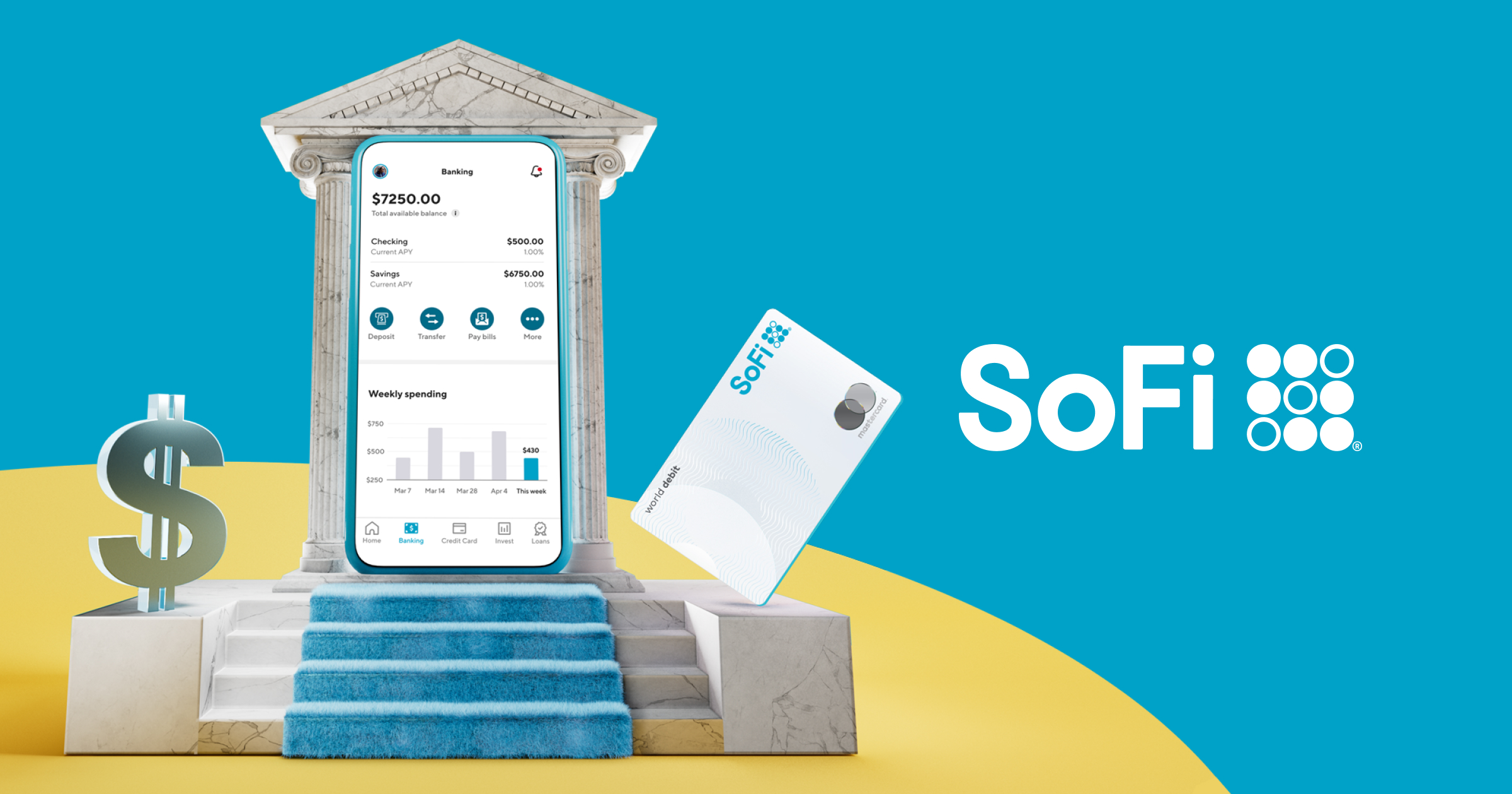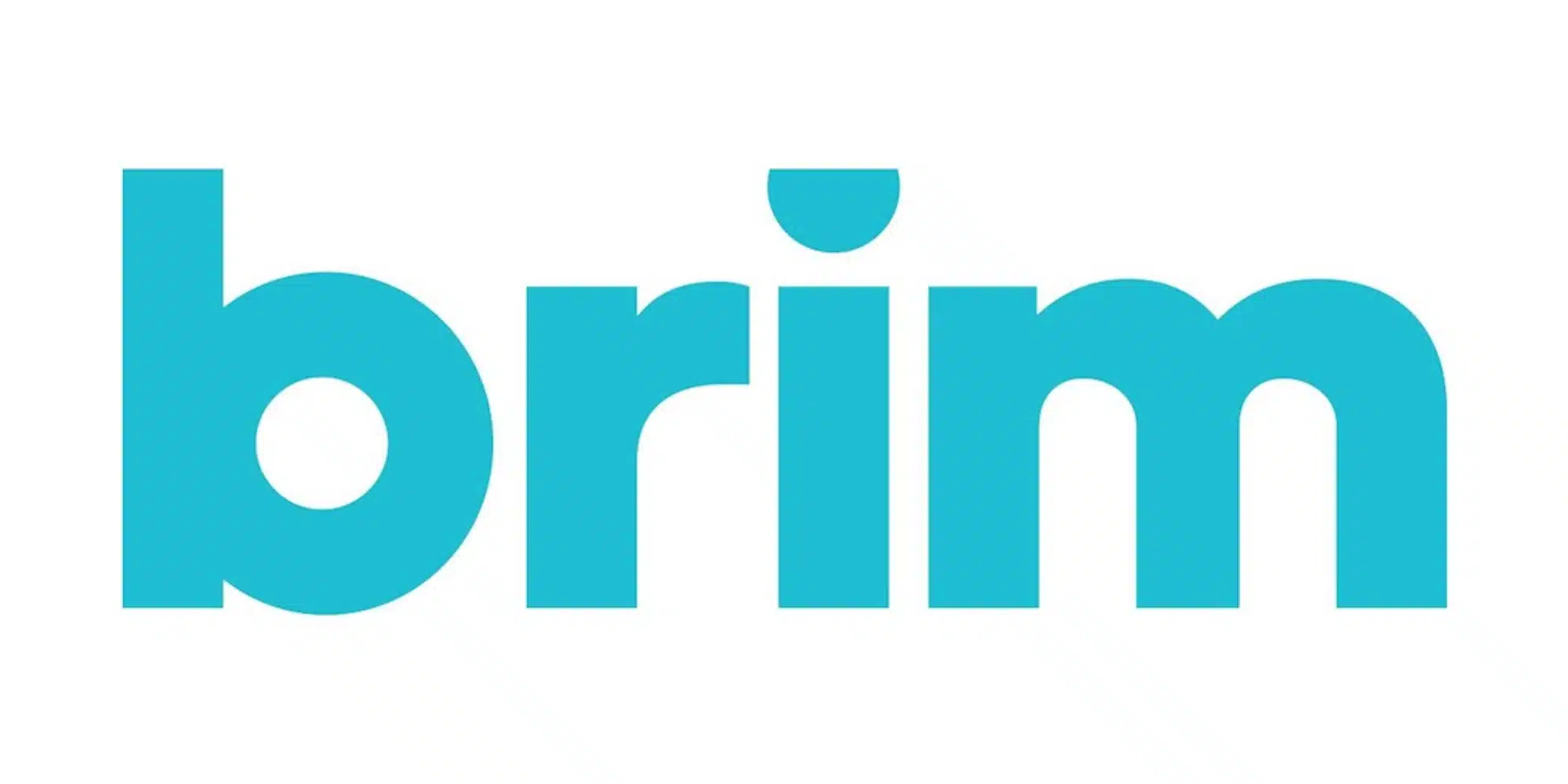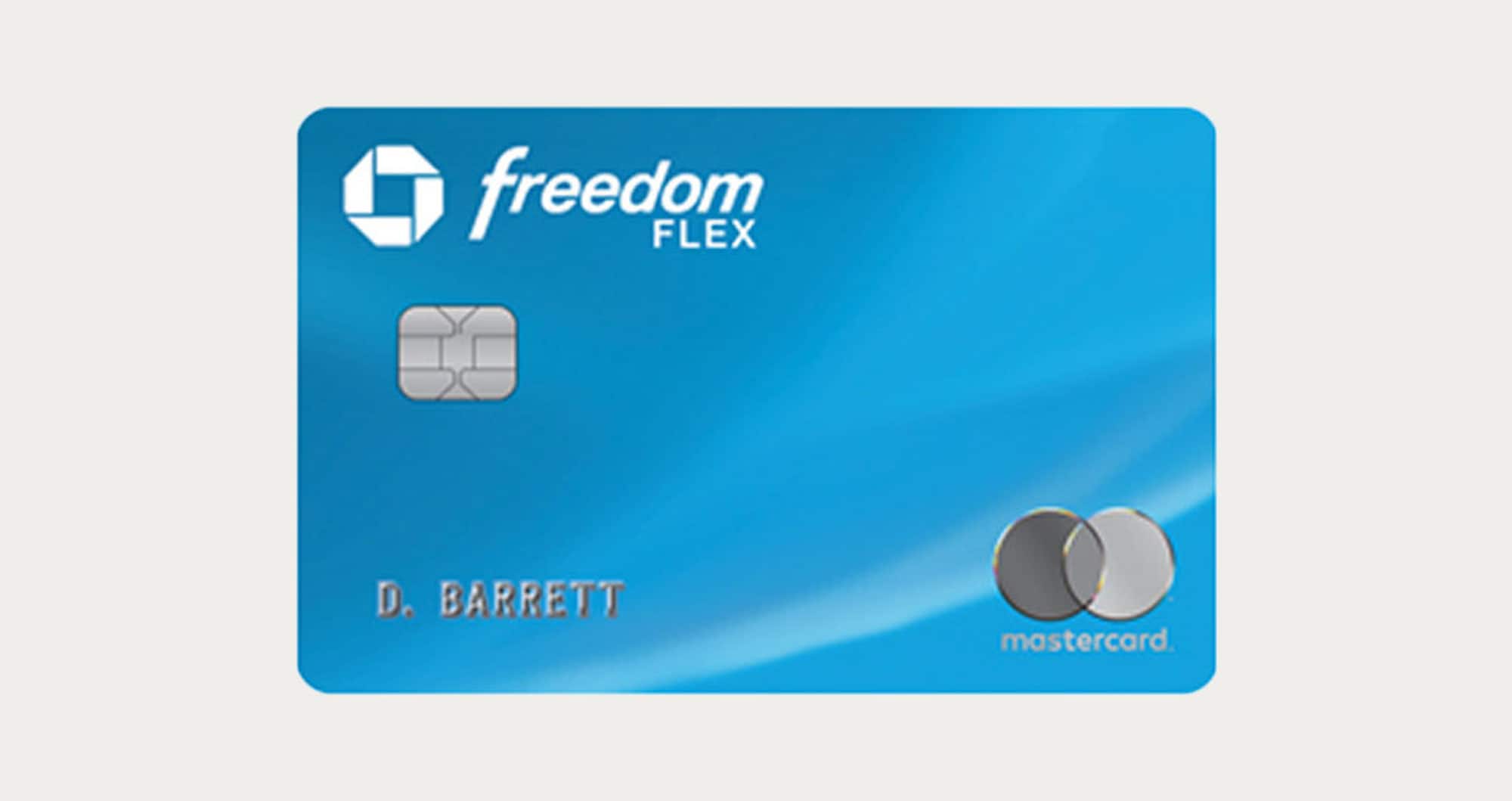
Money Management Tips
How I Found My Tax “Sweet Spot” This Year
Well, I waited until the last minute, but I got my taxes done and paid before the deadline. At this point, while I wouldn’t say I’m good at preparing my returns, I do at least have enough experience to troubleshoot mistakes. On top of that, I also have a decent idea of how the various factors of my somewhat complicated tax situation come together and affect my total bill.
Despite that, I wasn’t prepared to (almost accidentally) walk myself into an optimal tax strategy. So how’d I do it? Let me explain.
Finding Our AGI Tax Sweet Spot With Retirement Contributions
The situation
Between buying a house late last year, paying to break our lease, dealing with expenses for said new house, and other factors, we unfortunately don’t have as much cash in our reserves as we normally do. As a result, while we usually max out at least one of our IRAs each year, we failed to do so this time around. That said, we did plan on making some sort of contribution — but wanted to see how much we owed in taxes first. That way, we could make sure that we could afford to make a contribution and cover our tax bill without doing more damage to our safety net savings.
With that, let me walk you through the process and what I discovered.
The testing phase
Knowing that IRA contributions would lower our taxable income, I decided to see what the optimal contribution might be. Ideally, we’d want to add to our retirement savings — but doing so on top of the tax bill due would be difficult.
The good news is that Turbo Tax makes it relatively easy to see how different contributions would affect my final amount due to the IRS (although I had to skip past the same questions over and over, at least I could see the result). More importantly, the IRS allows you to make IRA contributions up until tax day and apply them to the previous tax year. With that in mind, I figured I’d enter a few different numbers and find the results.
Going into this process, I figured the best idea would be to contribute to a Traditional IRA so that our contributions would be deducted from our taxable income. On top of that, though, I anticipated that the Saver’s Credit would also be a factor — but I didn’t realize just how imperative the latter would be in my case.
About the Saver’s Credit
So what is this Saver’s Credit that turned out to be my saving grace (no pun intended)?
Officially known as the Retirement Savings Contributions Credit, the Saver’s Credit allows eligible taxpayers to earn a tax credit when they contribute to a retirement account during the tax year. This includes both employer-sponsored and individual retirement accounts. Moreover, while Roth IRA contributions are typically not tax-deductible, Roth contributions do qualify for the Saver’s Credit. That said, rollover contributions do not qualify and, if you’ve taken any distributions from your retirement accounts, those may offset your eligible contributions.
Who qualifies for a Saver’s Credit? Well, it’s based on your Adjusted Gross Income (AGI) — which, as the name implies, is your gross income after adjustments such as business expenses, traditional retirement account contributions, etc. For 2024, single files with AGIs as high as $38,250 and married couples filing jointly with AGIs of as much as $76,500 may qualify for a Saver’s Credit. However, this credit is divided into three tiers: 50%., 20%, and 10%. In short, those with smaller AGIs can earn a larger percentage of their qualified retirement contributions back in the form of a tax credit.
Here’s a look at how the 2024 Saver’s Credit tiers shake out:
| Credit Percentage | Married Filing Jointly | Head of Household | All other filers |
| 50% of contribution | AGI of $46,000 or less | AGI of $34,500 or less | AGI of $23,000 or less |
| 20% of contribution | $46,001 to $50,000 | $34,501 to $37,500 | $23,001 to $25,000 |
| 10% of contribution | $50,001 to $76,500 | $37,501 to $57,375 | $25,001 to $38,250 |
Another important note is that the Saver’s Credit currently has a cap of $1,000 credit for single filers or $2,000 for married couples filing jointly. For example, a married couple with an AGI of $45,000 in the 2024 tax year who contributes $4,000 to an IRA would max out this credit (as they’d get 50% of the $4,000 in a tax credit for the $2,000 cap). Alternatively, if a couple with an AGI of $49,000 contributed $5,000 to each of their retirement accounts for a total of $10,000, they’d also earn the top tax credit of $2,000.
The other rub is that this credit is capped at the total amount of income tax that you owe and will not result in a refund. Thus, if you owe $1,500 in income taxes total but qualify for a $2,000 Saver’s Credit, you’d only receive a $1,500 credit regardless.
With the stage now set, let’s get to the exciting part:
What I discovered
While running some numbers, I found that there was a certain point where our tax bill would decrease significantly. Yet, while upping the contribution more did continue to lower the amount due, it was a case of diminishing returns. Meanwhile, if I cut back the contribution even slightly, the bill would shoot up. So what was happening?
Well, it turns out that I’d struck upon the “magic number” that lowered our adjusted gross income to the point where we’d moved from the 20% Saver’s Credit threshold to the 50% one. However, since the credit caps out at the amount of income tax that you owe, hitting this 50% threshold immediately maxed out the benefit. That’s why lowering the AGI any further still helped some (by lowering the self-employment tax we owned) but the results weren’t as dramatic.
The results
After confirming that everything was correct, we went ahead with our plan. This called for me to deposit $2,000 in my Traditional IRA and for my wife to do the same with hers. Well, actually, she didn’t have one — so she opened one with Robinhood and immediately contributed. By the way, in doing so, she earned a $20 boost from Robinhood while I, as a Gold member, received a $60 match (which, incidentally, covered my $50 annual Gold fee and then some).
When all was said and done, we ended up contributing $4,000 to our IRAs (albeit Traditional IRAs versus our usual Roth) in order to save around $2,000 on our tax bill. In other words, rather than paying $2,000 to the government, we paid $4,000 to ourselves. While I wish we would have been able to max out our IRAs like in other years, I’m pretty happy with these results and will strive to do better next year.
I realize that this example is extremely specific — but, with more than 300 million people in the United States, I can’t be the only one to find themselves in this type of position. At the same time, would I recommend holding off on your IRA contributions so that you can try to mimic my success? NO!
If you have the capability to max out your IRA, I’d recommend doing so ASAP so that your money can start working for you sooner. Then, whatever tax breaks you qualify for will come.
But, should you find yourself in a situation like mine where you need the most “bang for your buck,” then perhaps paying close attention to the AGI and the Saver’s Credit could help lead you to the best possible solution for both current and future you.








